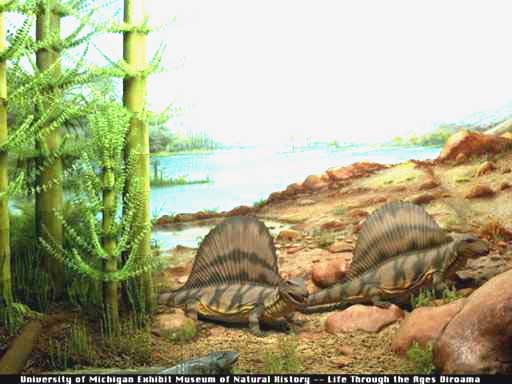The mass extinction theory is… a theory, because there are still some blanks left in to fill by scientists; of course, there are those who try to fight it and find other theories and those that try to back it up and fill in the missing pieces of the puzzle. Now, the latter camp recorded a big victory, thanks to geologists from Universities of Bristol, Plymouth, and Saratov State in Russia.
They found proof in the Ural mountains (in Russia) that shows beyond the point of doubt that the world’s most severe mass extinction theorized by many researchers did in fact took place at the end of the Permian and beginning of the Triasic, about 250 million years ago (just so you can make an idea, the earliest Neanderthal appeared about 600.000 years ago)
An idea believed by many to be true was that in Russia the mass extinction did not take place and there were no fossils of species found there simply beucase of a fossil gap. Dr Graeme Taylor of the University of Plymouth explains:
“Leading authorities including the authors of the International Timescale suggested that ten million years worth of rock was missing in Russia and that the rocks present were thought to be ten million years older than they are. This would mean that the fossil disappearance in Russia would then pre-date that of everywhere else, seriously undermining the idea of a single mass extinction event.”
They used a very interesting technique that relies on calculating the magnetic record fossilised within the disputed Russian rocks and comparing it to those from the rest of the globe. By doing this, they demonstrated that the Russian rocks do record the run-up to the event.
Dr Taylor said: “There is in fact no Permian-Triassic gap. The record is complete and the mass extinction event is further strengthened as being a major turning point in the history of life on Earth and as the most catastrophic event to have, so far, affected our planet.”










